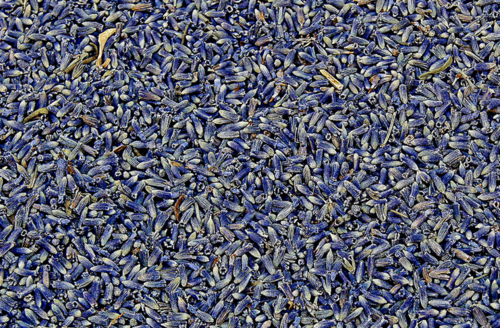
Lavender has many uses in the home and commercial environments. Commercial uses include production of lavender to make essential oil, culinary lavender, lavender seeds, seedlings and plants for sale and inclusion in a variety of products such as for beauty, cleaning, washing and scents.
Culinary lavender
Lavender can be used in baking and cooking. Lavender has a sweet flavor but care must be taken not to overuse it, as it can overwhelm both the dish and the taste buds if there is too much. Typical culinary uses for lavender include: Shortbread, cookies, scones, macaroons, cupcakes, muffins, jams and jellies, cream based desserts, flavoured butter, drinks such as lemonade, ice cream, etc.
Cleaning with lavender
Lavender can add a pleasant scent to laundered clothes and linens, as well as providing deodorizing effects for washing clothes. It also has basic disinfecting qualities and can be used to remove stains.
Lavender can be used to clean and disinfect kitchen surfaces and bins, but be careful to do a small test of an area before using, in case it stains or spoils the surface.
Crafting with lavender
Lavender can be used in a wide variety of crafts. It imparts a sweet scent that is pleasant to smell and can make a room, wardrobe, clothing drawer, etc., smell more pleasant too.
Things that lavender is often used for in crafts include: Potpourri, lavender dolls, sachets, pillow inserts, wardrobe hangers (to ward off clothes moths), small cushions, card art, etc.
Beauty or self care cosmetics that can be made from lavender include homemade cosmetics, bath recipes (such as bath bombs, bath salts, etc.), soap, perfume, etc.
Decorative items that often include or rely on lavender include: Potpourri, wreaths, lavender sticks, bouquets, dried flower arrangements, wall art, etc.